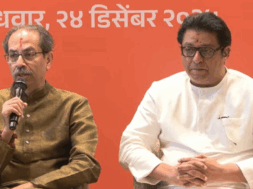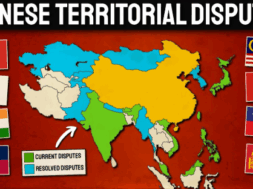
Economy: India can become 2nd largest in 2031, Number One in 2060
Virendra Pandit
New Delhi: India is likely to become the world’s largest economy in 2031 and the largest by 2060, according to Michael Debabrata Patra, Deputy Governor, Reserve Bank of India (RBI).
It is conceivable that India can become the world’s second-largest economy by 2031 and the largest economy by 2060, given the country’s inherent strengths, he said at the Lal Bahadur Shastri National Academy of Administration, Mussoorie.
Patra said that price stability was the best contribution monetary policy could make to strengthen the foundations for long-term growth.
“Given the innate strengths… it is possible to imagine India striking out into the next decade to become the second largest economy in the world, not by 2048, but by 2031, and the largest economy of the world by 2060,” he said, according to the media reports on Saturday.
“The formation of inflation in India needs to be navigated towards convergence with global inflation so that both the internal and external value of the rupee is preserved. This will prepare the ground for the internationalization of the rupee and the emergence of India as the economic powerhouse of the world of tomorrow,” he said.
Patra said the RBI projects average inflation to be 4.5 percent in 2024-25 and 4.1 percent in 2025-26.
“Monetary policy should be conducted in terms of some rule-like behavior that binds it to pursue its goals across time. Instead, if it falls prey to the temptation of exploiting short-run trade-offs – like abandoning inflation control in the short run and boosting growth or what economists call time inconsistency – it will ultimately lose sight of its objective because, in the short-run pursuit of growth, inflation may be allowed to rise to levels that can be inimically harmful to growth,” he said.
Patra said there was evidence that the Indian households were switching from financial savings to physical savings, which is financed by loans.
In the period 2021-23, the gross domestic saving rate has averaged 30.7 percent of gross national disposable income. “Thus, unlike many countries, India does not have to depend on foreign resources, which play a minor and supplemental role in the growth process,” he said.
He said India must intensify its efforts to increase exports of goods and services from the current USD 768 billion (2.4 percent of the world’s total) to USD 1 trillion each for merchandise and services (5 percent of the global total) by 2030.
To elevate India’s manufacturing sector and position it as a global manufacturing hub, the growth rate must be increased to 10 percent.
Achieving this growth will boost the manufacturing share in gross value added to 25 percent, fostering significant forward and backward linkages with other economic sectors, he said.
The key to this transformation is embracing the Fourth Industrial Revolution, which encompasses automation, data exchange, cyber-physical systems, the Internet of Things, cloud computing, cognitive computing, and advanced robotics to create smart factories. Crucially, the development of a skilled labor force will be essential for India to succeed as a manufacturing powerhouse, he said.














